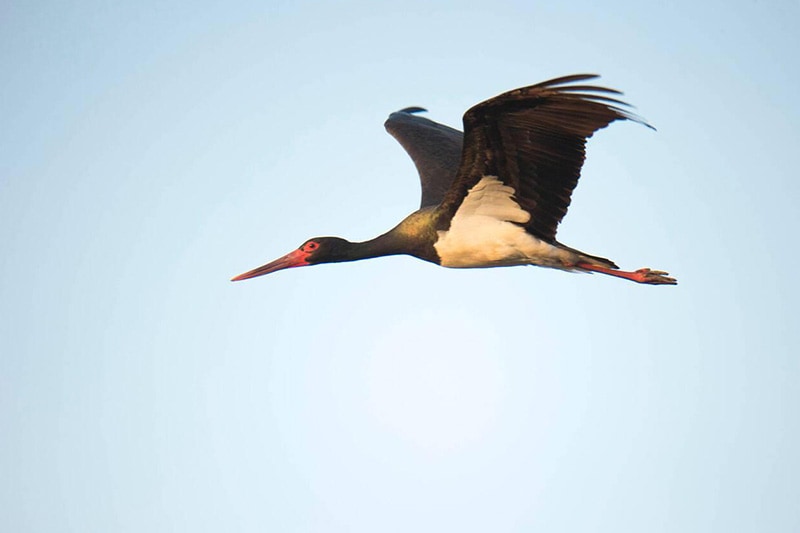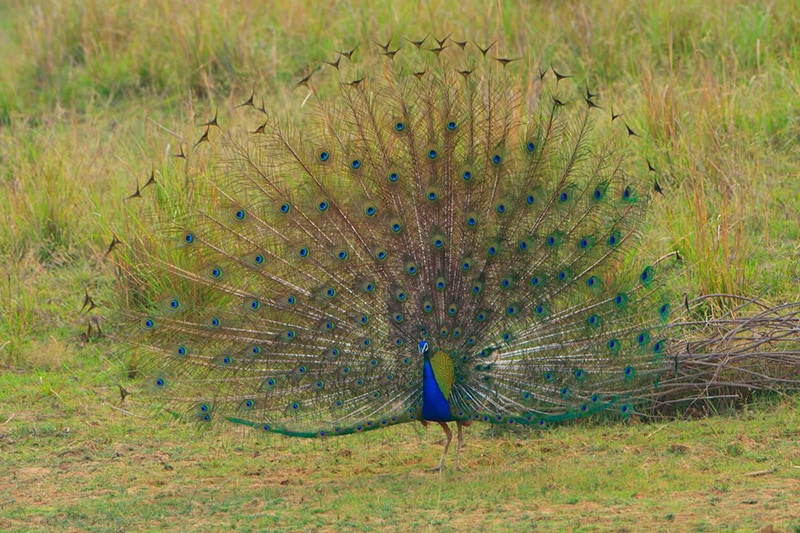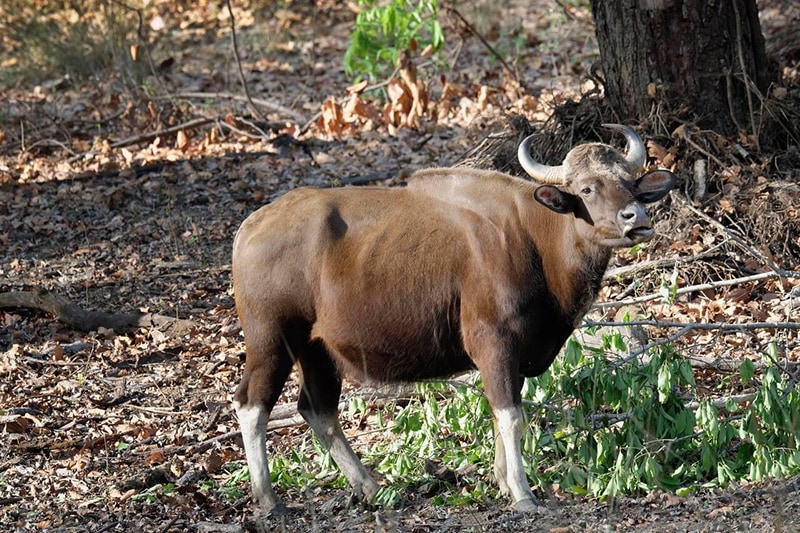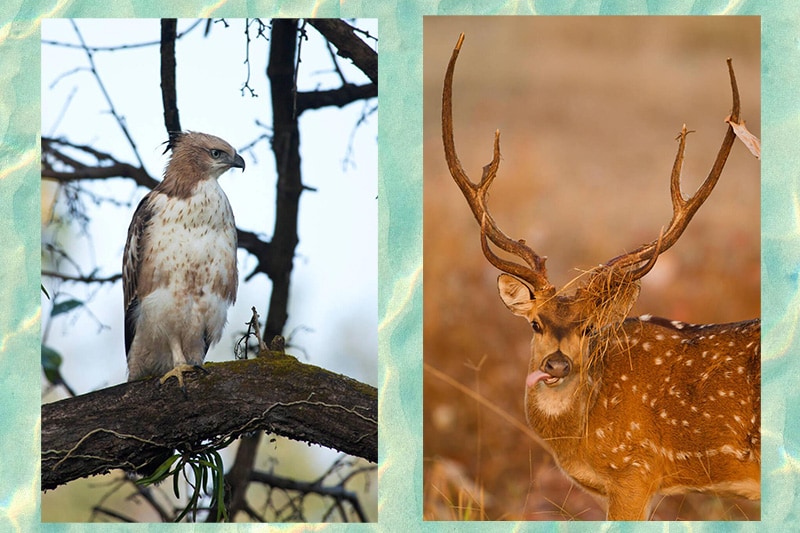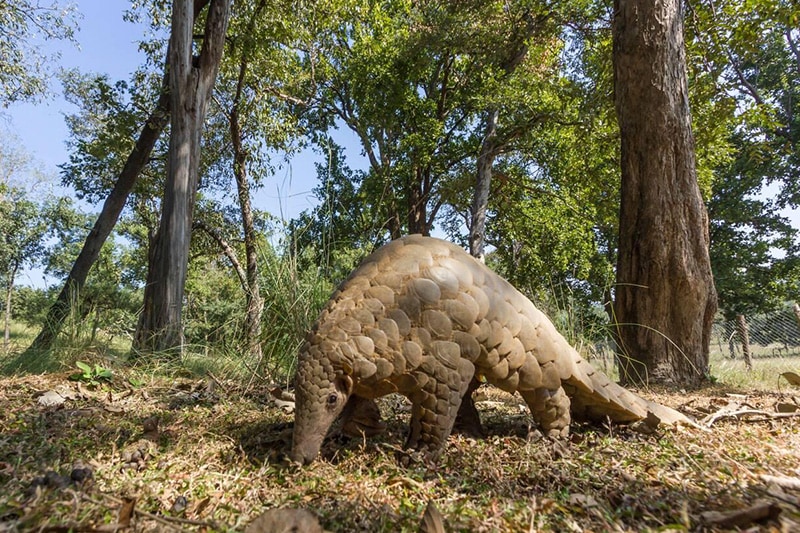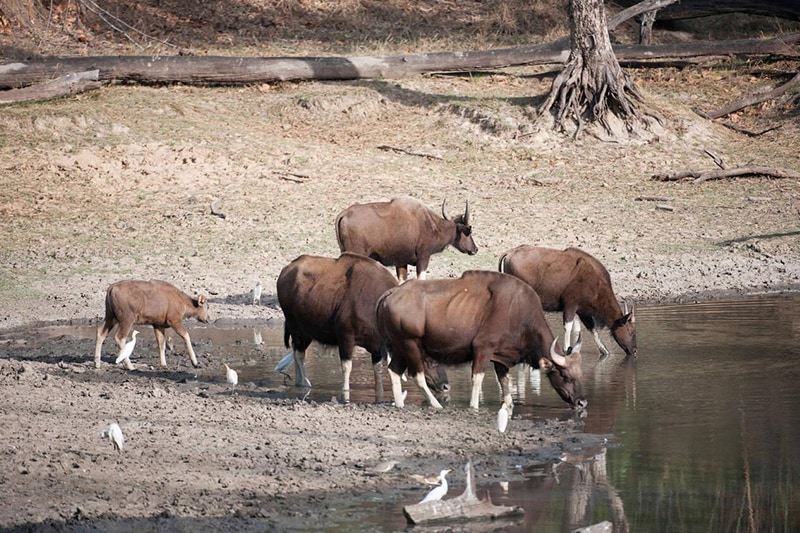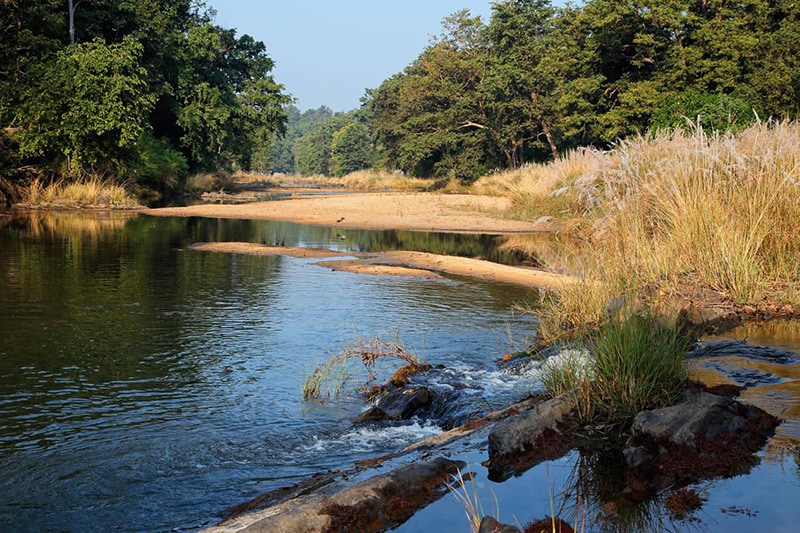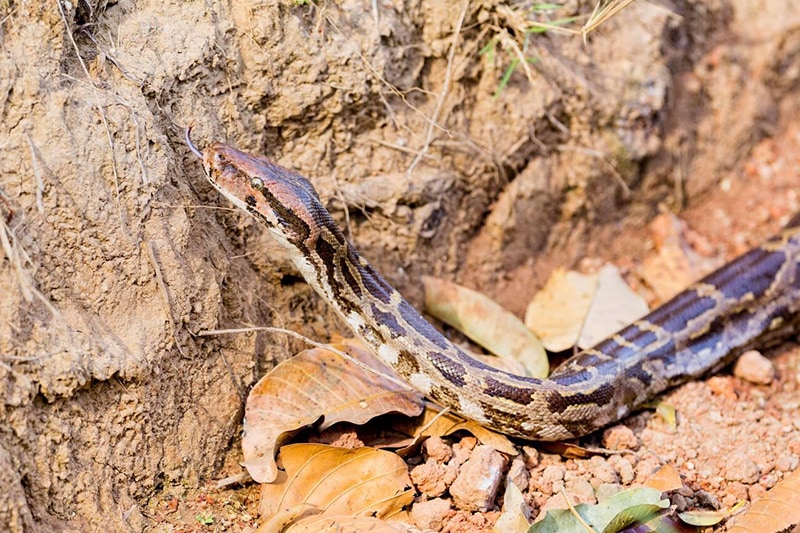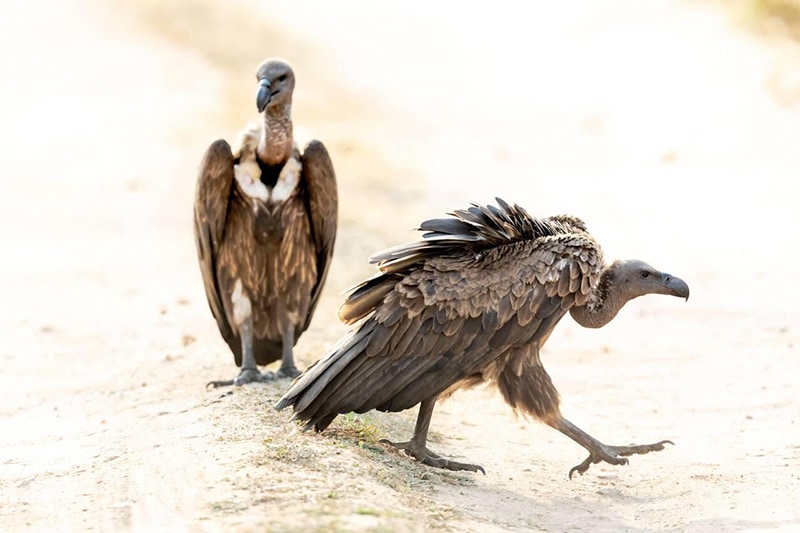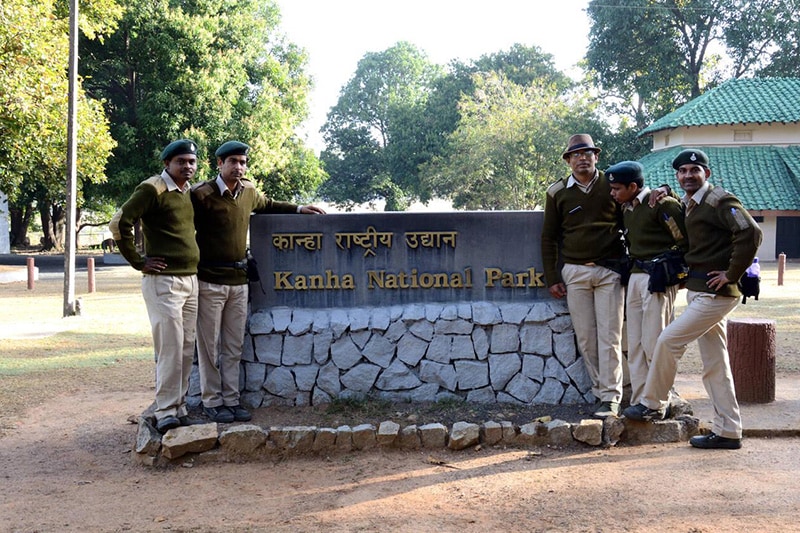
Kanha National Park
Kanha National Park is the largest national park in Madhya Pradesh, which is divided into two sanctuaries, Hallon and Banjar, and it spans about 250 to 300 square kilometers. Kanha National Park was established on June 1, 1955, and in 1973, it was designated as Kanha Tiger Reserve. Today, it covers an area of 940 square kilometers and is located in two districts, Mandla and Balaghat.
This park is home to a healthy population of Royal Bengal Tigers, Indian Leopards, Sloth Bears, Barasingha and Indian Wild Dogs. Among the many national parks in Asia, Kanha National Park is one of the finest and offers the opportunity to see more than 300 species of wildlife, including 22 species of large mammals and numerous bird species, attracting a large number of visitors.

In the national park, you can find populations of Royal Bengal Tigers, Indian Wild Dogs, Barasingha, Sloth Bears, and Indian Leopards. Its description is famously documented in Rudyard Kipling’s novel “The Jungle Book.”
Kanha’s natural beauty, incredible biodiversity, and a variety of wildlife make it an excellent destination for tourists where people can enjoy the natural wonders and observe different types of wildlife.
Relentless efforts are being made to conserve and increase the populations of endangered and protected species within this park, which is quite commendable.
Kanha National Park is an ideal place for both herbivorous and carnivorous creatures. It is home to the largest population of Barasingha, and it is also the first Tiger Reserve in India to have the official mascot, “Bhoorsingh the Barasingha.”
The tranquil and beautiful environment of this sanctuary is so amazing that people are eager to visit here repeatedly.
Originally a part of the Gondwana Empire, Kanha National Park is heavily reliant on the indigenous tribes and local communities for shifting agriculture and forest produce.
Visitors can easily spot various types of animals through wildlife safaris in the park, including riding on elephants alongside them.
Kanha National Park welcomes tourists every year from October to June. The period between October and March is considered the best time to visit due to the pleasant weather.


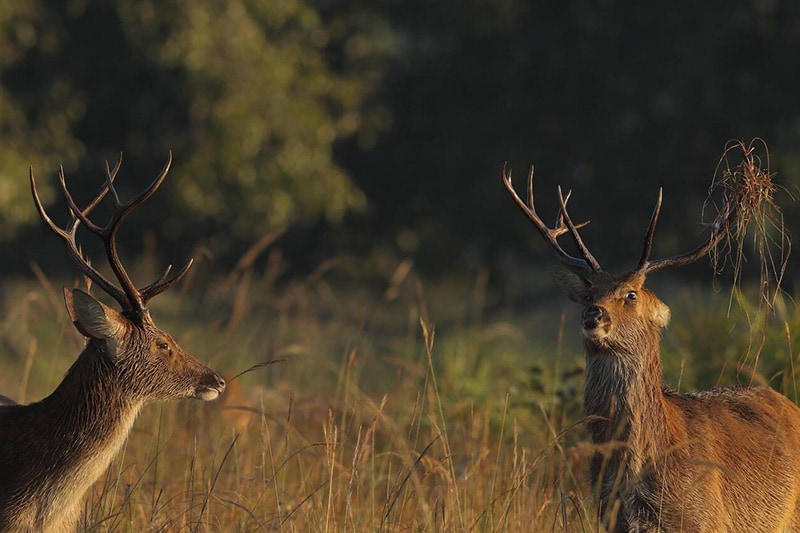
Phen Sanctuary: The special unit of the Tiger Reserve is known as the Phen Sanctuary. In 1983, an area of 110 square kilometers was declared as Phena Sanctuary. Over the years, this area has developed into a significant habitat for wildlife.
Typically, this area is known for sightings of tigers, leopards, bisons, cheetahs, chitals, sambars, wild dogs, and other wildlife species.
Shravan Tal: Shravan Tal is located 4 kilometers from Kanha. This area is waterlogged throughout the year, which results in a continuous supply of moisture to the areas below, such as Menhar Nala and Deshinala regions. This sustained moisture makes it an ideal habitat for tigers. Barasingha, the swamp deer, also enters the water to feed on aquatic plants in this region.
Kisli Maidan
Digdola: In the northeastern hilly region of Kisli Zone, there is a balanced rock formation on a cliff known as Digdola. This area holds cultural significance for indigenous people and is famous as a place of worship.
Kanha Anicut: The Kanha Anicut, constructed 72 years ago in the Deshinala region, is considered highly valuable for the conservation of wildlife along with water management.
Chuhari: Chuhari, located 3 kilometers from Kanha, is known for its water-rich area and is considered suitable for tiger habitat.
Barasingha Fencing: Constructed fifty years ago, this area is crucial for the conservation of Barasingha. Some Barasingha are kept here as part of the Carnivore-Proof Fencing research and observation, and they are released when their numbers increase.
Kanha museum: It is located near the Kisli gate inside the park. People who love to know animals history will love to visit this place.
“There many other place you will love to visit in Kanha National Park”.
How to reach Kanha National Park:
By air: Nagpur of state Maharashtra is the nearest big airport to Kanha National Park, at a distance of 266 km. It is well-connected to almost all domestic airports in India. Guests can also reach the park from Jabalpur airport, which is 177 km away.
By rail: Jabalpur, Nagpur, and Gondia, which are located 177 km, 266 km, and 200 km respectively from Kanha National Park, have rail links connecting to various parts of India.
By road: Daily buses to Kanha are available from Jabalpur, Nagpur, Bilaspur, and Raipur. Taxis and private cab services are there too.






